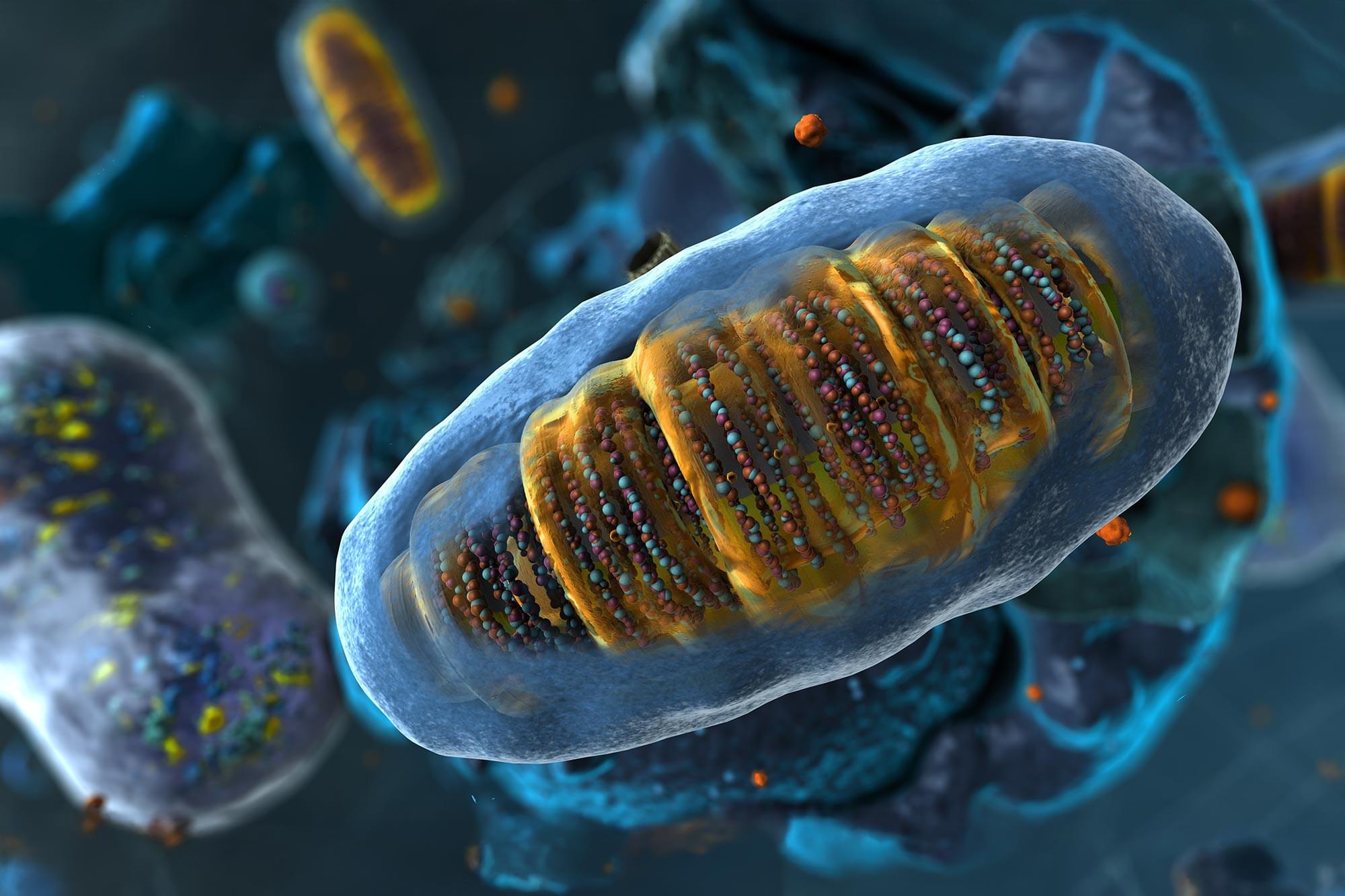With many people now heavily relying on electronic devices to communicate with others, connecting on a deeper level with others, particularly face-to-face, can prove challenging. Recent nationwide surveys and psychological studies suggest that today many people feel lonely, socially isolated and/or disconnected from others living in their same geographical area.
Understanding the factors that contribute to social connection could inform the development of more effective interventions aimed at reducing loneliness and improving people’s mental health or overall well-being. As communication is generally crucial for the formation of social bonds, listening behaviors and an openness towards what others share might be key drivers of social connection.
Researchers at University of North Carolina at Chapel Hill recently carried out a study aimed at testing this hypothesis by examining the behavior of strangers engaged in conversation with each other. Their findings, published in Communications Psychology, suggest that people who engage in high-quality listening behaviors tend to feel more socially connected to others, even if they are meeting them for the first time.







